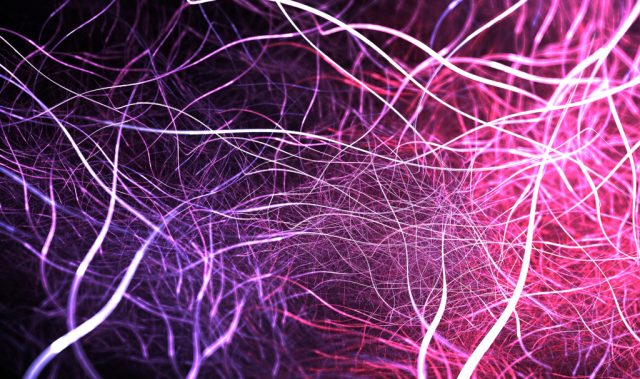
AsianScientist (Jun. 11, 2019) – A team of scientists in China has developed a straightforward technique to fabricate superelastic and fatigue resistant hard carbon aerogels. Their findings are published in Advanced Materials.
In recent decades, carbon aerogels have been widely explored by using graphitic carbons and soft carbons, which are beneficial due to their superelastic properties. These elastic aerogels usually have delicate microstructures with good fatigue resistance but ultralow strength.
Hard carbons show great advantages in mechanical strength and structural stability due to the arrangement of their electrons and resultant ‘house-of-cards’ structure. However, the stiffness and fragility of the structural arrangement compromises superelasticity.
In the present study, researchers led by Professor Yu Shu-Hong at the University of Science and Technology of China were inspired by the flexibility and rigidity of natural spider silks webs to develop a superelastic material that did not compromise mechanical strength. They used resorcinol-formaldehyde resin as a hard carbon source, polymerizing it in the presence of nanofibers to prepare a hydrogel with nanofibrous networks. This was followed by drying and pyrolysis which resulted in a hard carbon aerogel.
During polymerization, the resin monomers deposit on the nanofibers and weld the fiber-fiber joints, leaving a random network structure with massive robust joints. Moreover, the physical properties of the aerogel, such as the diameter of nanofibers, their density and mechanical properties, can be controlled by varying the ratio and composition of the materials used during fabrication.
The team also demonstrated that their hard carbon nanofibers were robust and stable while remaining superelastic. Tested under 50 percent strain for 104 cycles, the hard carbon aerogel showed only two percent plastic deformation.
The researchers propose that their invention will be useful in stress sensors and could facilitate the development of stretchable or bendable conductors. In addition, their approach could be extended to the fabrication of other non-carbon based composite nanofibers, thereby allowing the transformation of rigid materials into elastic or flexible ones.
The article can be found at: Yu et al. (2019) Superelastic Hard Carbon Nanofiber Aerogels.
———
Source: University of Science and Technology of China; Photo: Pixabay.
Disclaimer: This article does not necessarily reflect the views of AsianScientist or its staff.












